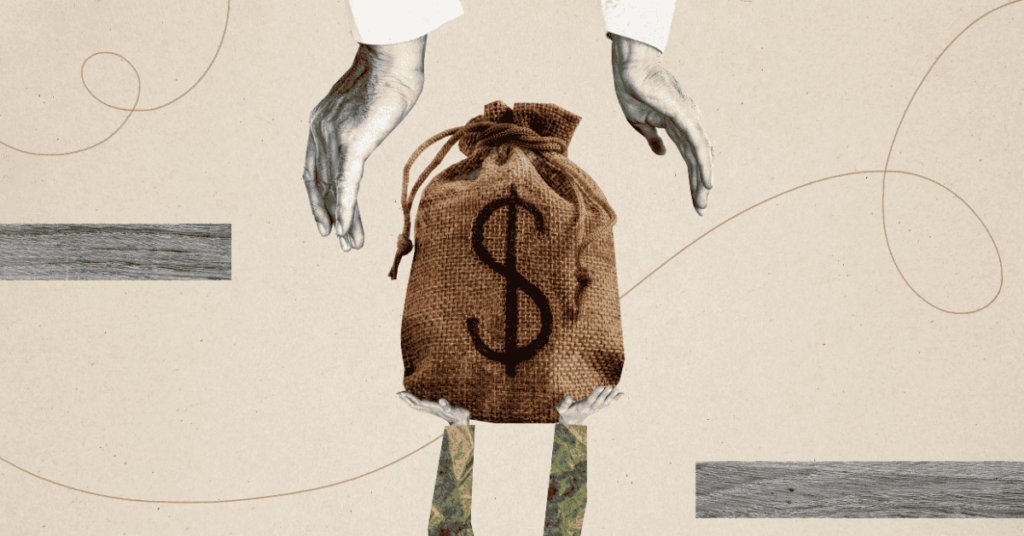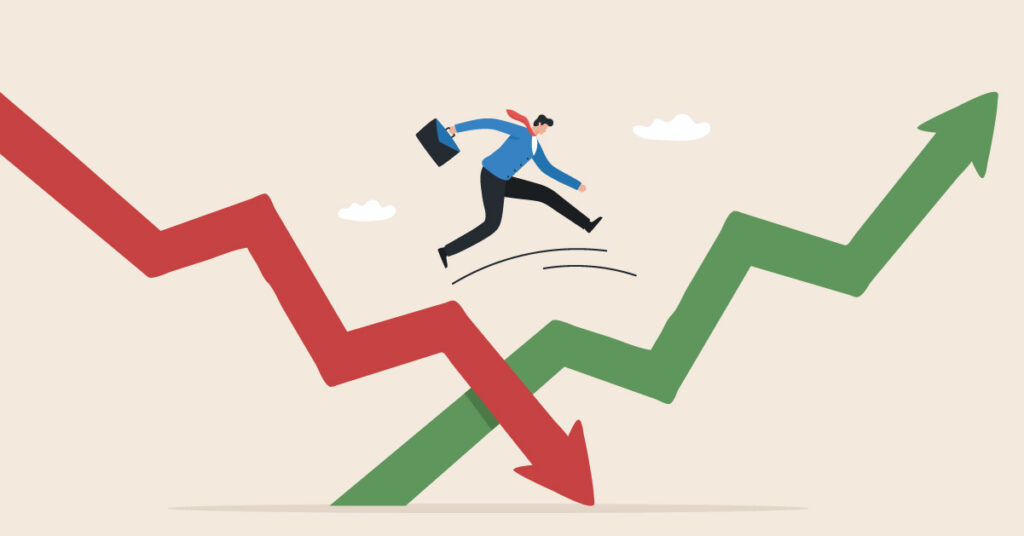Many state lawmakers see any economic challenge as an excuse to cut taxes and in 2022, some are citing inflation as a reason to do so. All eyes today are on the inflation rate facing consumers which, spurred on in part by rising corporate profits, is now running at its fastest pace in decades. But less noticed data released by the Federal Highway Administration (FHWA) earlier this week offer a reminder that rising costs have the potential to strain government budgets as well, and there are big risks in choosing to reduce revenue in this moment when the price of essential services is rising.
The FHWA revealed this week that the cost of highway maintenance and construction is up more than 17 percent compared to a year earlier, or 11 percent compared to its pre-pandemic high. While that finding is troubling on its own, it’s especially concerning given that the newest data only extend through the last three months of 2021, meaning that they do not include the impact on petroleum prices related to Russia’s invasion of Ukraine. The price of key infrastructure inputs like asphalt and diesel fuel have risen considerably since the start of the year and those higher prices will begin to show up in the FHWA’s next data release, expected in September. In the meantime, we already know that state transportation departments across the country are reporting dramatic increases in their cost projections for many projects this year.
Of course, the rising cost of infrastructure is not the only added expense confronting states. The labor market is strong right now, with low unemployment and robust job growth in the private sector, but public sector state and local employment remains 3.2 percent below February 2020 levels. State and local governments will need to keep pace with rising private sector pay to retain and attract the employees who keep our public institutions running. This will necessarily put some pressure on their budgets, as salaries and wages make up more than one-fifth of states’ operating costs, on average.
During this time of rising prices, the reality is that it now costs more simply to provide the level of services to which voters have become accustomed, much less the expanded investments in education, infrastructure, housing, and health that our communities really need. Combine that fact with the signs of slowing revenue growth beginning to appear on the horizon, plus the winding down of enhanced fiscal aid from the federal government, and the case for cutting taxes is becoming weaker by the day.
Lawmakers who are concerned by the rising costs facing their constituents should remember that the choices they make in setting budget priorities—for affordable housing, health care, childcare, preschool, and college—have major consequences for families’ cost of living and quality of life. Tax cuts make it more difficult to invest in these high-priority areas, and to address other urgent challenges like the teacher shortage or the need to modernize our infrastructure. We’re in a moment right now that demands a forward-thinking vision at all levels of government, not knee-jerk tax cutting.





